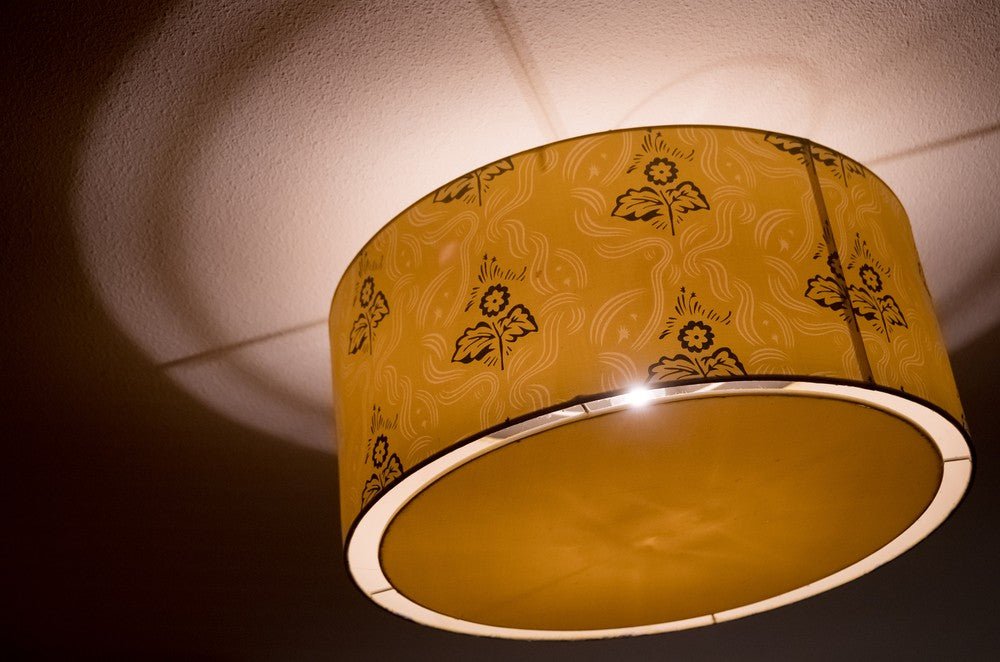
Choosing the right lamp shade can transform the look and feel of your lamp, but getting the fit just right is crucial. Standard lamp shades come in various shapes and sizes, and selecting the perfect one requires understanding some key principles. In this guide, we will provide essential sizing tips to help you choose the ideal shade for your standard lamp, ensuring both aesthetic appeal and functionality.
Understanding the Basics of Lamp Shade Sizing
When selecting standard lamp shades, it's important to grasp the basic principles of sizing to ensure a harmonious and visually appealing fit. The size of the lamp shade should be proportional to the lamp base to create a balanced look. An improperly sized shade can make the lamp appear awkward and out of place. As a general rule, the width of the shade should be approximately twice the diameter of the lamp base.
Additionally, the height of the shade should be about two-thirds the height of the lamp base. These proportions help achieve a cohesive look that enhances the overall design of the lamp and the room. Moreover, consider the lamp’s location and the height of nearby furniture. For instance, a bedside lamp might need a shorter shade to avoid overpowering the nightstand, while a floor lamp in a spacious living room can accommodate a taller shade.
Measuring Your Lamp Base
Accurate measurements are crucial when choosing the right lamp shade for your standard lamp. Begin by measuring the height of the lamp base from the bottom to the bottom of the bulb socket. This measurement helps determine the ideal height of the shade. Next, measure the width of the base at its widest point to find the appropriate width for the shade. For example, if your lamp base is 20 inches tall, a shade height of approximately 13 inches would be suitable.
Similarly, if the base is 8 inches wide, a shade width of around 16 inches will provide a balanced look. Accurate measurements ensure the shade is proportionate to the lamp base, creating a cohesive and aesthetically pleasing appearance. Additionally, considering these measurements helps avoid common pitfalls, such as choosing a shade that is too large and overwhelms the lamp or one that is too small and looks disproportionate.
Considering the Shape of the Shade
Standard lamp shades come in various shapes, each bringing a distinct aesthetic and functional quality to a lamp. The shape you choose should complement the design of your lamp base and the overall decor of the room. Drum shades, known for their cylindrical shape, offer a modern, clean-lined look that works well with contemporary and mid-century decor. Empire shades, with their flared bottom, provide a more traditional and classic appearance, adding a touch of elegance to vintage or antique lamps.
Bell shades feature a gentle curve that flares outward, adding a graceful and sophisticated touch, perfect for a romantic or classic setting. Rectangular shades offer a contemporary, structured look that pairs well with geometric and minimalist bases, providing a sleek and modern appeal. When selecting the shape of your lamp shade, consider how it will blend with other elements in the room, ensuring it enhances the overall aesthetic and creates a harmonious design.
Selecting the Right Material
The material of the lamp shade plays a significant role in both its appearance and the quality of light it emits. Different materials can drastically alter the mood and functionality of a room. Fabric shades, such as those made from linen, cotton, or silk, offer a soft, diffused light that creates a warm and inviting ambiance, ideal for living rooms and bedrooms. These materials can add texture and depth to your decor, enhancing the room's cozy and comfortable feel.
On the other hand, shades made from parchment or paper can provide a minimalist and modern look, offering clean lines and a softer light diffusion. For a more formal and elegant atmosphere, consider shades made from luxurious materials like silk or satin, which can add a touch of sophistication and refinement to dining rooms or offices.
Matching Colors and Patterns
Color and pattern are crucial elements when selecting the right lamp shade. Neutral colors like white, beige, and gray are versatile and blend seamlessly with various decor styles, offering timeless elegance. For a bolder statement, consider shades with vibrant colors or intricate patterns that can serve as focal points in the room. Coordinating the lamp shade color with other decor elements, such as throw pillows, rugs, or artwork, creates a cohesive and harmonious look. Additionally, textured patterns can add depth and interest, enhancing the visual appeal of the space.
Ensuring Proper Light Distribution
The primary function of a lamp shade is to control light distribution effectively. Choosing the right shade ensures light is directed where needed while reducing glare. For task lighting, such as reading or working, a shade that directs light downward is ideal. For ambient lighting, select a shade that diffuses light evenly throughout the room. The opacity of the shade material also impacts light distribution; translucent shades provide softer, diffused light, while opaque shades offer more focused illumination.
Balancing Aesthetics and Functionality
Achieving the perfect balance between aesthetics and functionality is essential when selecting a lamp shade for your standard lamp. The lamp shade should not only enhance the visual appeal of the lamp and the room but also serve its practical purpose effectively. Start by considering the overall decor and style of the room; the shade should complement the existing design elements and color palette to create a cohesive look.
Simultaneously, think about the lighting needs of the space. For instance, a living room might benefit from a shade that provides soft, diffused light to create a cozy atmosphere, while a study or reading nook requires a shade that directs light downward for focused illumination.
Choosing the right standard lamp shade involves understanding the basics of sizing, measuring your lamp base, considering shape and material, matching colors and patterns, ensuring proper light distribution, and balancing aesthetics with functionality. By carefully considering these factors, you can find the perfect lamp shade to enhance your lamp’s appearance and functionality, making it a standout feature in any room.

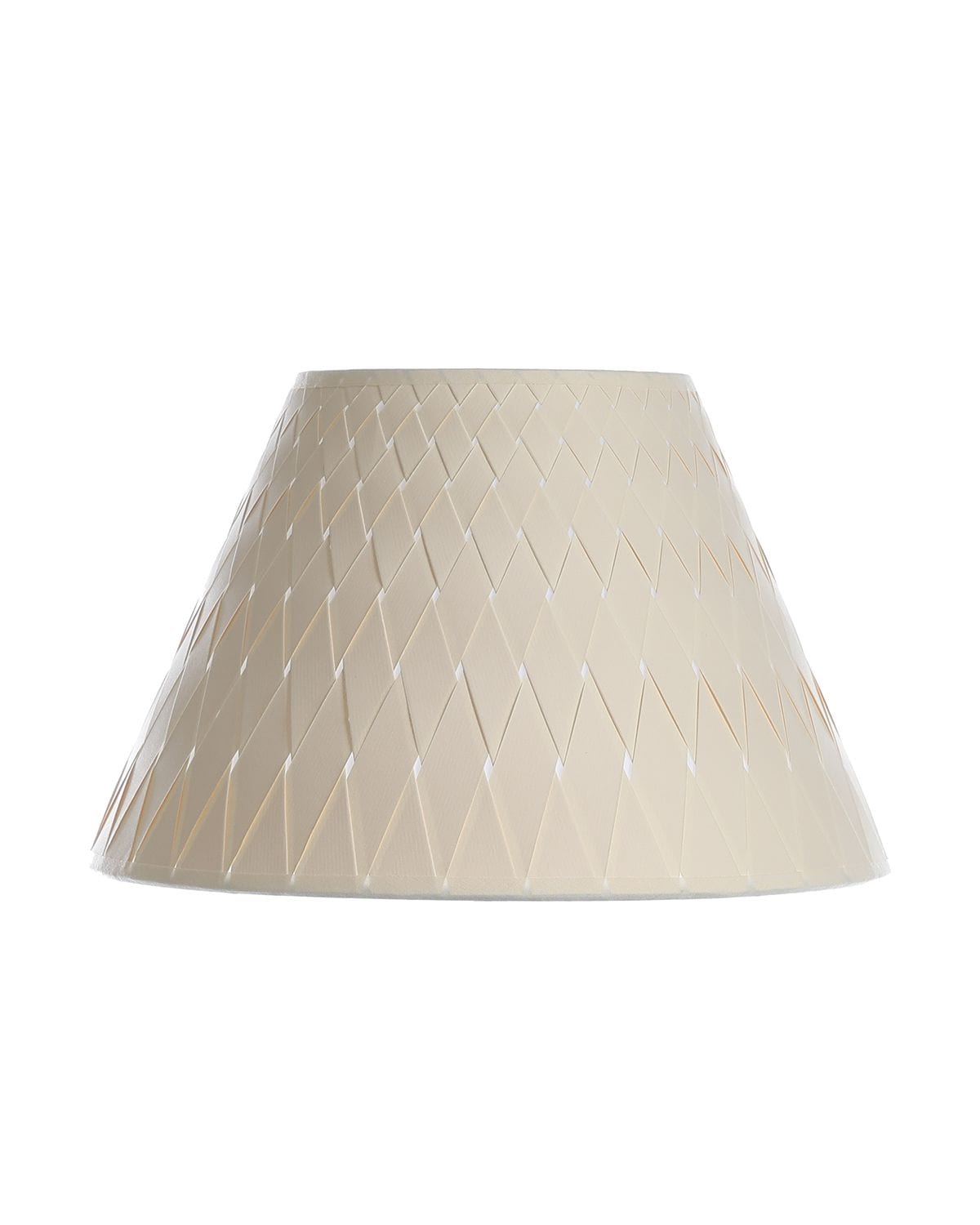
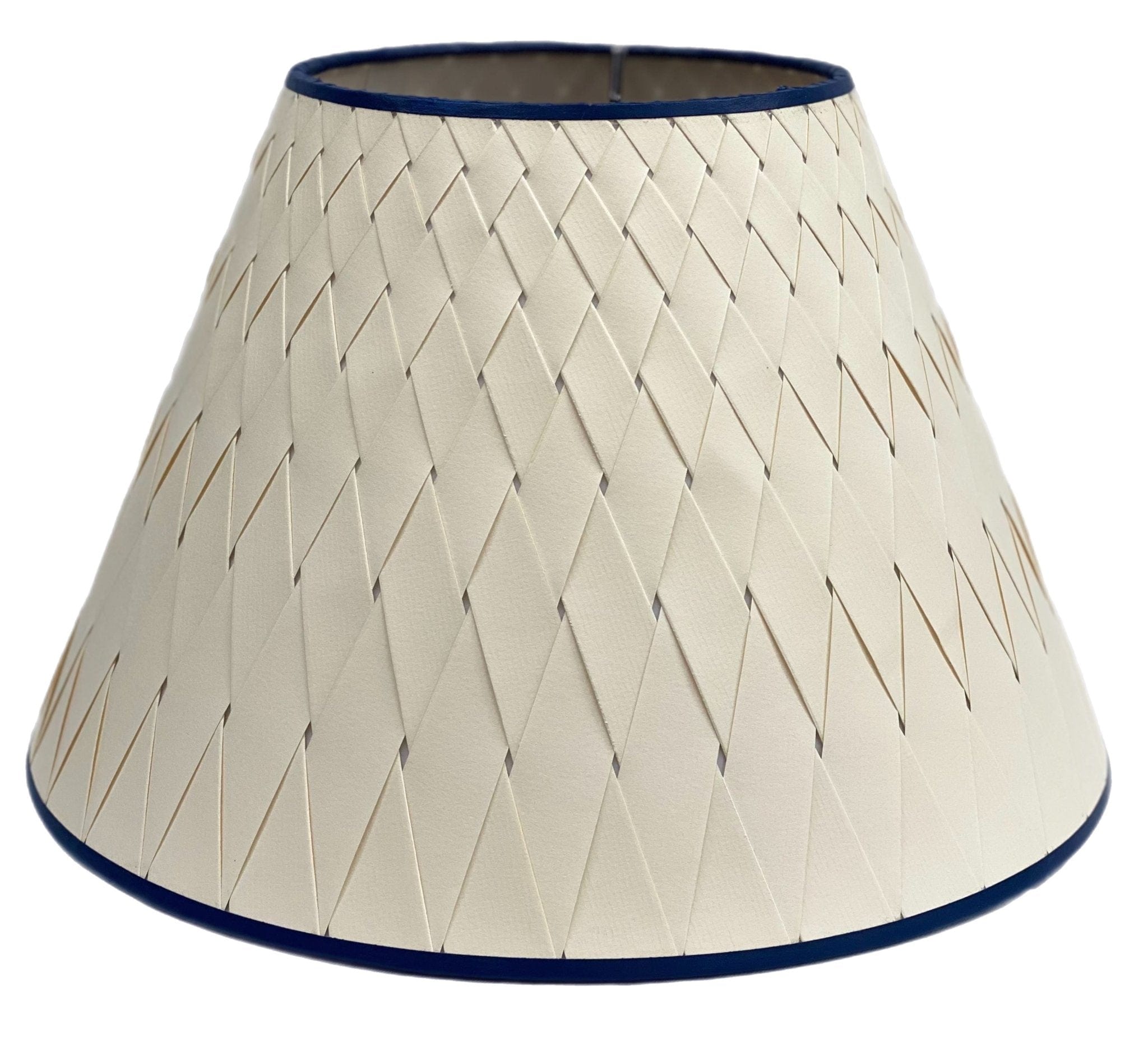
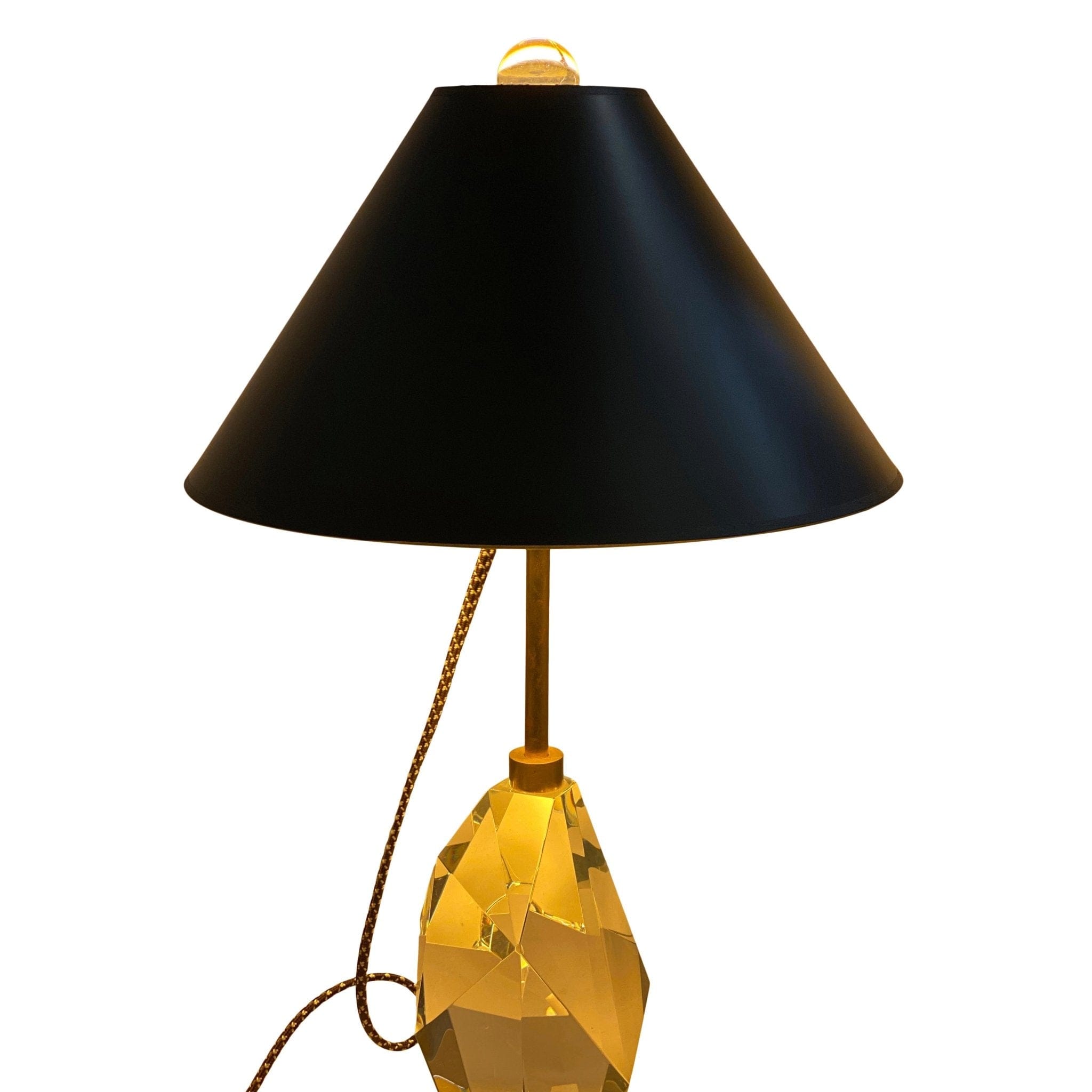
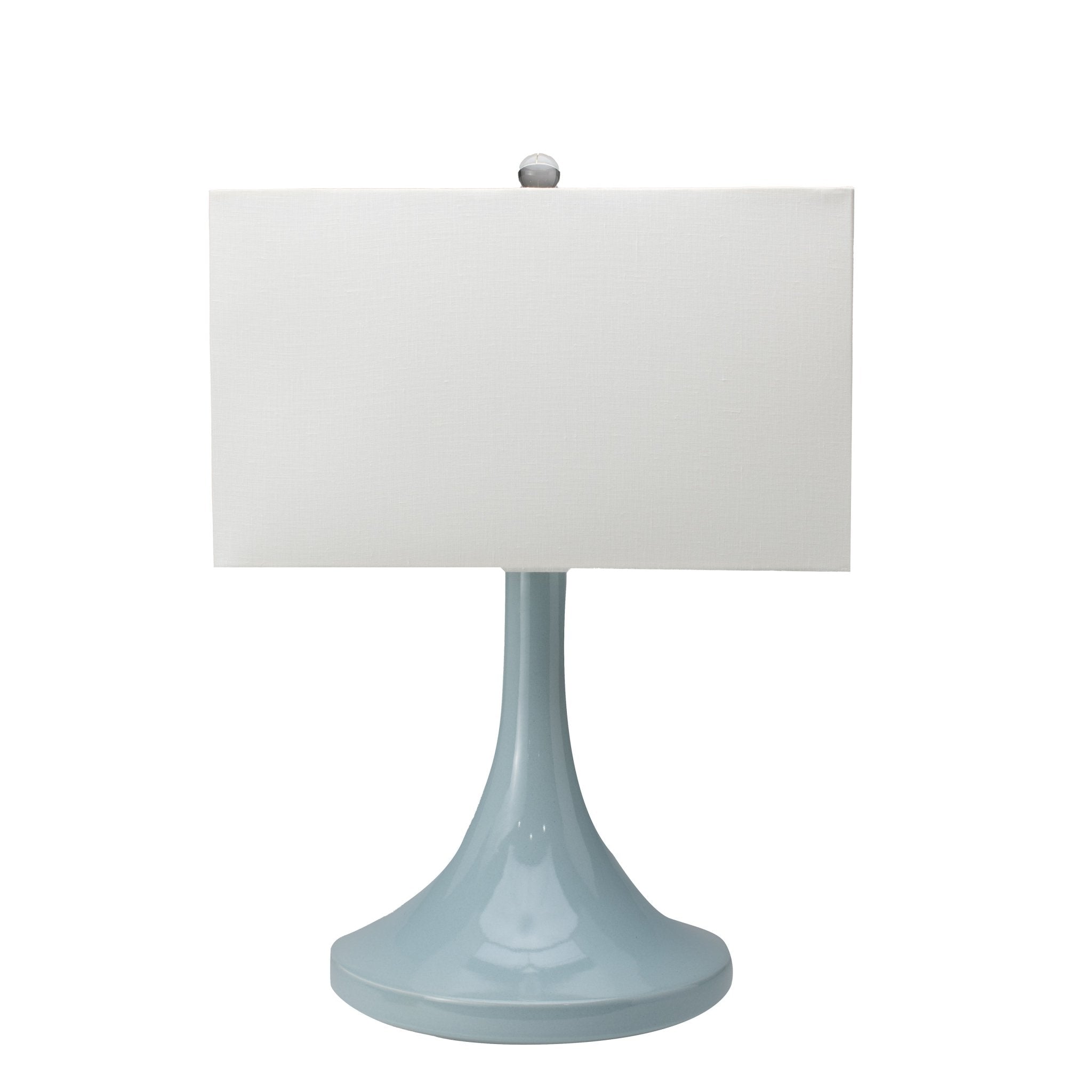





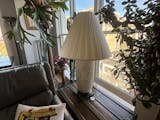

Leave a Comment
Your email address will not be published. Required fields are marked *